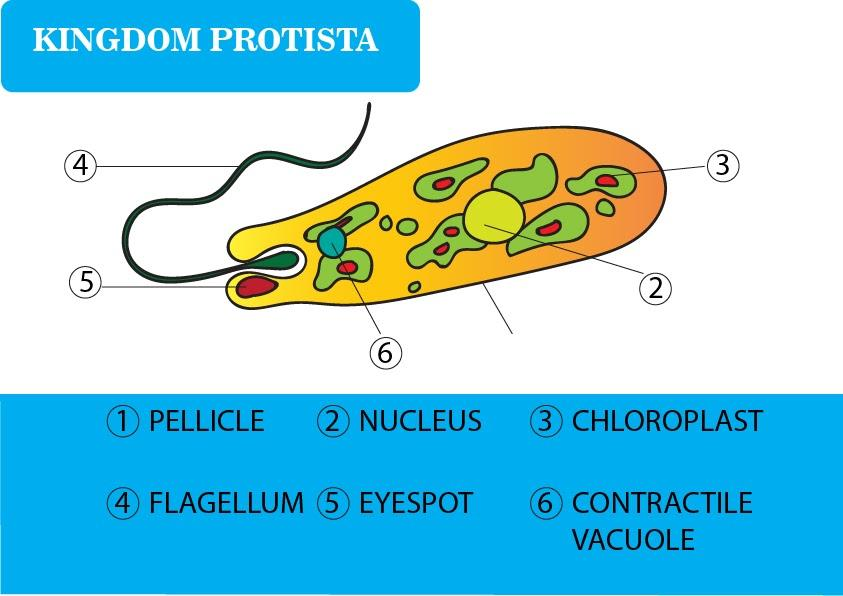
What protists are autotrophs?
Answer
446.1k+ views
Hint: Protists are a kind of living organisms that are too diverse to be categorised as a plant, animal or even a fungi. Its members are both multicellular or unicellular with a eukaryotic cell structure. However, primarily they are classified as microscopic organisms.
Complete Answer
Protista is a type of classification whose members are called protists and they are more likely to be categorised as an algae as they are autotrophic organisms. They have the capability to make their own food by the process of photosynthesis in the same way as plants. This is the reason for plants being considered as an evolved form of algae.
Following are the examples of such autotrophic protists:
1. Brown or Green algae: These are a group of organisms which are found in marine environments predominantly in the northern hemisphere. They are one of the most common protists.
2. Diatoms: These are also single celled protists which are also known as single celled algae. They are mainly found in glass houses and they are the only organisms whose cell walls are made up of opaline silica as their cell walls have patterns of silica on them.
3. Euglena: It is a single celled organism which is found in both saltwater as well as fresh water and is the most commonly occurring organism of its class. Therefore, it is also the most studied subject matter of its class. It was discovered in the year 1830.

Note:
The organisms are classified into five kingdoms, which are known as Monera, Protista, Fungi, Plantae and Animalia. However, a parallel system of seven kingdom classification as well.
Complete Answer
Protista is a type of classification whose members are called protists and they are more likely to be categorised as an algae as they are autotrophic organisms. They have the capability to make their own food by the process of photosynthesis in the same way as plants. This is the reason for plants being considered as an evolved form of algae.
Following are the examples of such autotrophic protists:
1. Brown or Green algae: These are a group of organisms which are found in marine environments predominantly in the northern hemisphere. They are one of the most common protists.
2. Diatoms: These are also single celled protists which are also known as single celled algae. They are mainly found in glass houses and they are the only organisms whose cell walls are made up of opaline silica as their cell walls have patterns of silica on them.
3. Euglena: It is a single celled organism which is found in both saltwater as well as fresh water and is the most commonly occurring organism of its class. Therefore, it is also the most studied subject matter of its class. It was discovered in the year 1830.

Note:
The organisms are classified into five kingdoms, which are known as Monera, Protista, Fungi, Plantae and Animalia. However, a parallel system of seven kingdom classification as well.
Latest Vedantu courses for you
Grade 11 Science PCM | CBSE | SCHOOL | English
CBSE (2025-26)
School Full course for CBSE students
₹41,848 per year
Recently Updated Pages
Master Class 11 Business Studies: Engaging Questions & Answers for Success

Master Class 11 Economics: Engaging Questions & Answers for Success

Master Class 11 Accountancy: Engaging Questions & Answers for Success

Master Class 11 Computer Science: Engaging Questions & Answers for Success

Master Class 11 English: Engaging Questions & Answers for Success

Master Class 11 Maths: Engaging Questions & Answers for Success

Trending doubts
Which one is a true fish A Jellyfish B Starfish C Dogfish class 11 biology CBSE

Difference Between Prokaryotic Cells and Eukaryotic Cells

1 ton equals to A 100 kg B 1000 kg C 10 kg D 10000 class 11 physics CBSE

1 Quintal is equal to a 110 kg b 10 kg c 100kg d 1000 class 11 physics CBSE

One Metric ton is equal to kg A 10000 B 1000 C 100 class 11 physics CBSE

How much is 23 kg in pounds class 11 chemistry CBSE




